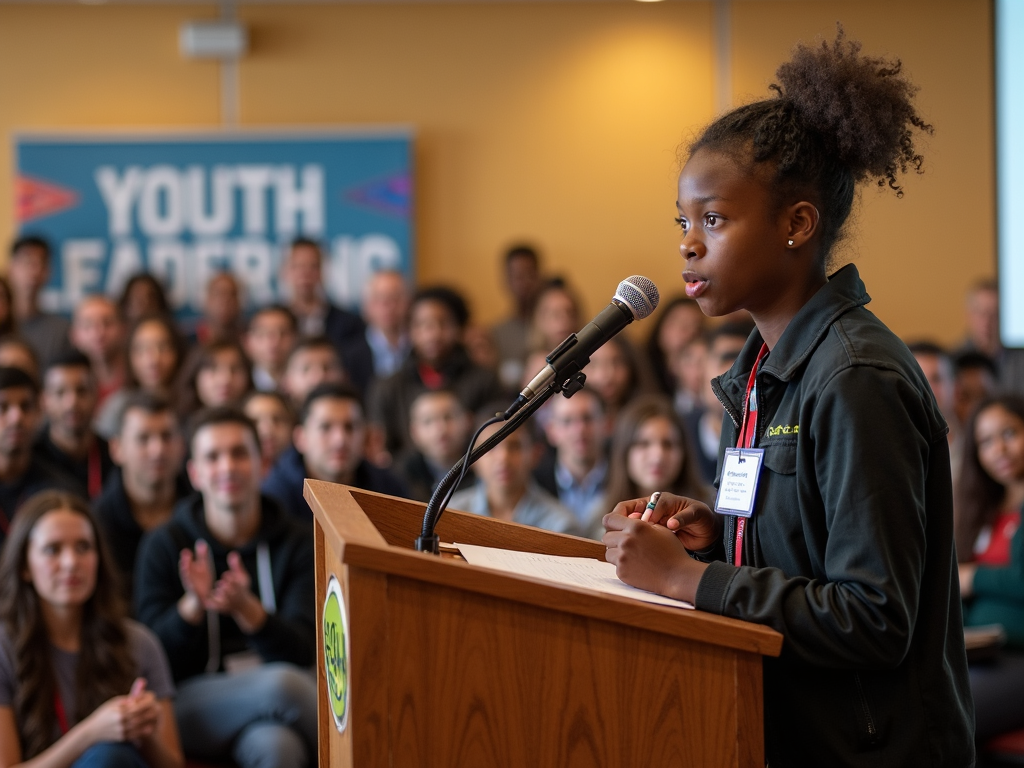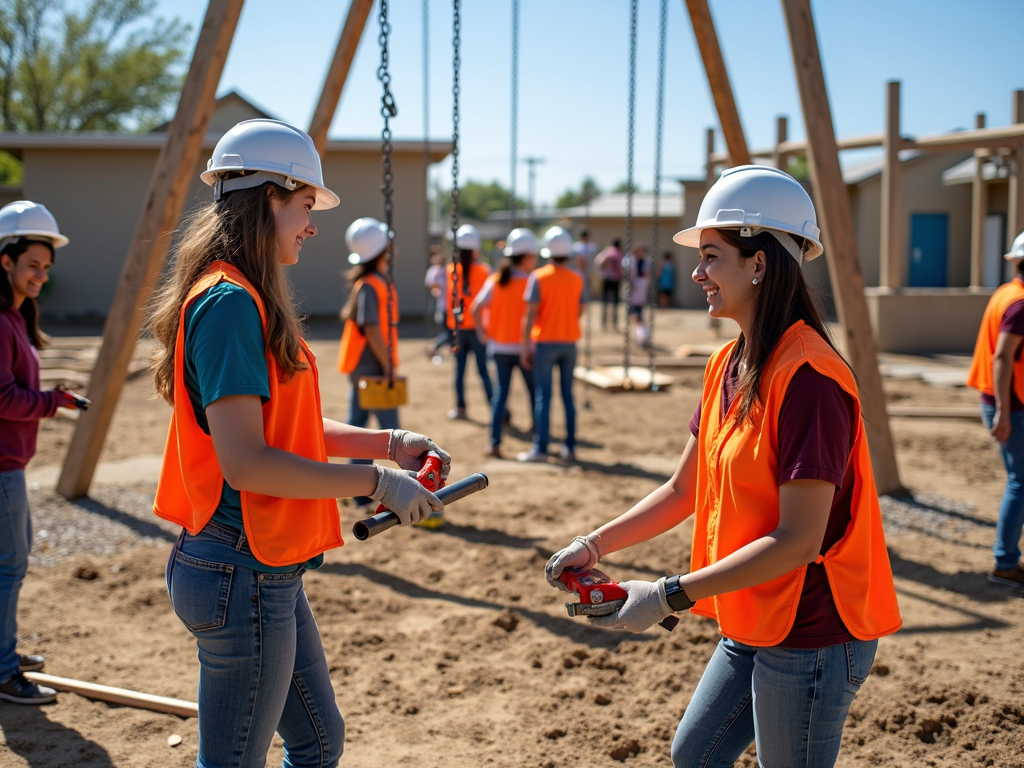How Service Learning Shapes Future Leaders: A Comprehensive Guide
By , June 26, 2025
Service learning blends classroom lessons with community action. It gives students real-world experiences that boost their education and mold them into tomorrow’s leaders. This article dives into how service learning experiences in education build leadership skills, spark empathy, and drive community change.

Service learning shines because it builds leadership skills in students. When they join projects, they step up—leading teams, making choices, and tackling real problems. Picture a student running a neighborhood clean-up: they rally volunteers, assign jobs, and keep everything on track. These moments teach skills that stick for life.
It also grows empathy and a sense of duty. Working side-by-side with community members, students see struggles up close. That understanding can light a fire in them to push for change and use their leadership to better the world.
Plus, service learning ties schoolwork to reality. A student in environmental science might join a sustainability project, seeing firsthand how their lessons apply. This makes learning meaningful and shows them the impact they can have.

The benefits reach beyond students. Educators get a hands-on way to teach, making lessons stickier and building bonds with students and locals. Communities gain too—think cleaner parks, more education access, or spotlighted social issues.
Take this stat: a study by the National Youth Leadership Council found students in service learning improve in academics, civic duty, and social skills. That’s proof it works.
Real stories bring this to life. At XYZ University, business students team up with non-profits to craft marketing plans. The non-profits grow their reach, and students sharpen their skills with purpose.

Or consider ABC High School’s program. Students visit a nursing home, connecting with seniors. They learn about aging challenges, build relationships across generations, and boost their people skills.
Service learning started taking shape in the early 1900s with hands-on education ideas. It really took off in the 1960s and 70s, fueled by civil rights and a push for justice. Now, it’s a key part of schools everywhere.
Teachers can weave it into any subject. Science students might test water quality in a local river. Math students could crunch numbers on community health trends. Language arts kids might write grants for local causes. It’s versatile and practical.

Communities feel the ripple effect. Projects meet real needs—think refurbished playgrounds or tutoring for kids. It’s not just talk; it’s action that changes lives.
But it’s not all smooth sailing. Planning takes time and money. Teachers juggle schedules and partners. And projects must truly help communities—not just be quick drop-ins. Still, with effort, the payoff is huge.
Reflection matters too. Students who journal or discuss their work dig deeper into what they’ve learned. It turns experience into growth.

Want to jump in? Check out options at your school or nearby. The National Service-Learning Clearinghouse has tons of info. Volunteering’s a great start too—find a cause you care about and dive in.
Here’s a quick list to get going: - Ask your teachers about service learning programs. - Search for local volunteer gigs online. - Team up with friends for a small project.
In short, service learning shapes future leaders with skills, heart, and real-world know-how. It’s a win for students and communities alike. Get involved, and you’re building a better tomorrow.